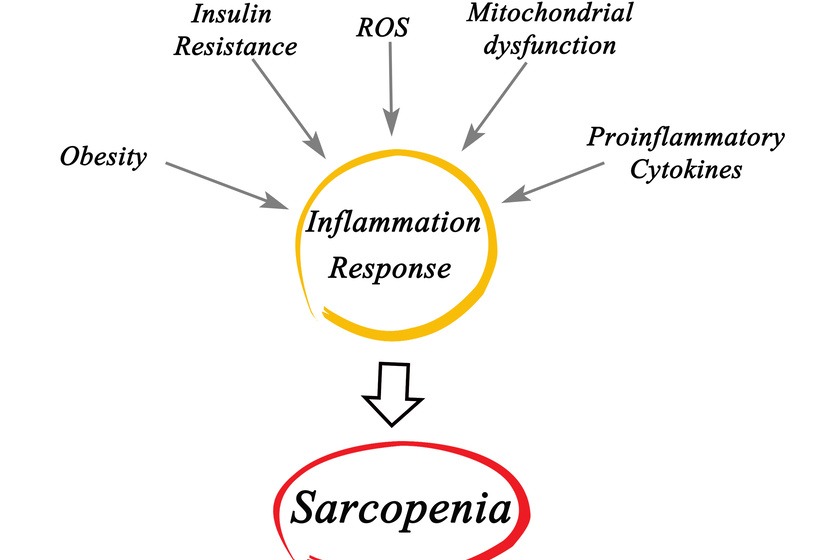What is sarcopenia? Simply put, it is a loss of muscle mass, linked to the processes of aging. It’s natural to experience a reduction in muscle mass with age. However, sarcopenia takes it to the extreme, with rapid and severe muscle loss that drastically exceeds normal rates. It was long believed that sarcopenia was unpreventable, but modern research is now investigating treatments that could potentially slow sarcopenia or prevent it.
Symptoms Of Sarcopenia
Sarcopenia causes stamina loss and increased feelings of weakness. As a result, those affected may find it challenging to complete simple daily tasks or any form of physical activity. With major effects on your mobility, sarcopenia can pose a serious threat to your safety. Less physical activity can further accelerate the loss of muscle mass. As such, it is a vicious cycle.
Causes Of Sarcopenia
The most prevalent reason for sarcopenia to occur is insufficient physical activity during the day. However, it may also be possible for those who stay active to contract sarcopenia. This points to other reasons for sarcopenia to develop. Currently, researchers believe that other potential causes of sarcopenia might include: a decreased capacity to convert protein to energy, insufficient caloric and protein intake to maintain current levels of muscle mass, or reduced hormone levels.
Ways to Prevent Sarcopenia
With lack of physical activity being identified as the most common cause of sarcopenia, a direct way to reduce the risk of getting sarcopenia is to be physically active. Keep your system active and fit by engaging in minimally half an hour of moderate exercise per day. Once you get home from work, take a short stroll or jog around your block. Exercise isn’t the only factor at play for a healthy body. It must be practiced in conjunction with healthy nutrition. Research has found that increased consumption of protein may help those in their later years of life reduce sarcopenia risk. Supplements like creatine, whey protein and vitamin D have also proved helpful, with the effect of maintaining muscle mass or bone tissue.
Ways to Treat Sarcopenia
The main mode of treatment for sarcopenia is exercise, specifically resistance training. Resistance training is targeted at improving muscle stamina and strength, employing weights and resistance bands. This form of training may also be a helpful balancer of your hormone levels. Additionally, it increases your capacity to convert protein to energy. Resistance training has shown results in as little as two weeks. Given that resistance training can be challenging for people with sarcopenia or even anyone in their golden years, it’s critical to consult a qualified trainer or physical therapist to develop an exercise plan that is safe, manageable and effective. By tailoring your exercise plan to your unique needs, you’ll be able to get the right frequency and intensity of resistance training, reaping the most benefits with the least risk.
What to Expect with Sarcopenia
Sarcopenia has a tangible effect on your quality of life, but its effects can be mitigated with a proper exercise plan and adequate nutrition. Those who lead a sedentary lifestyle even after diagnosis may experience accelerated muscle loss, potentially being left bedridden.







